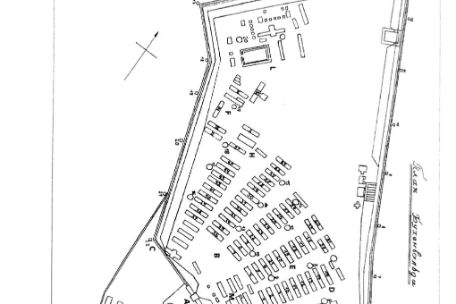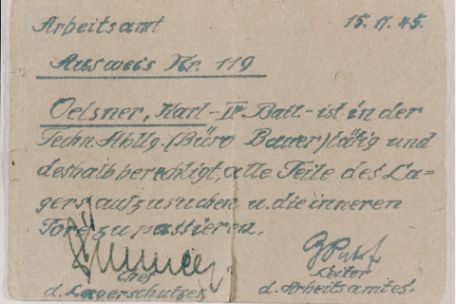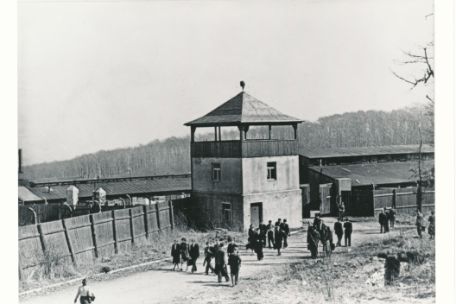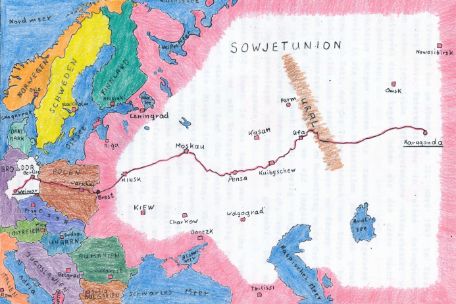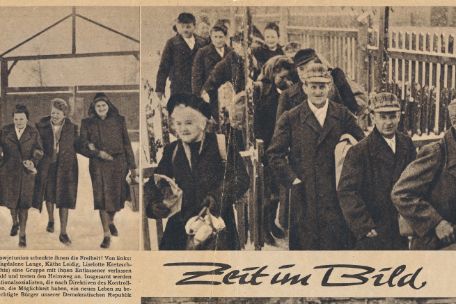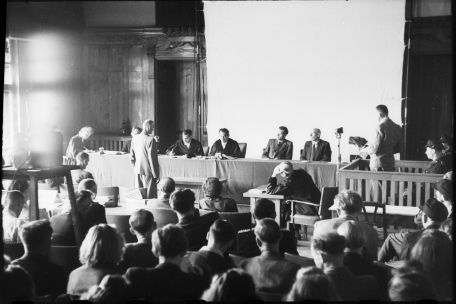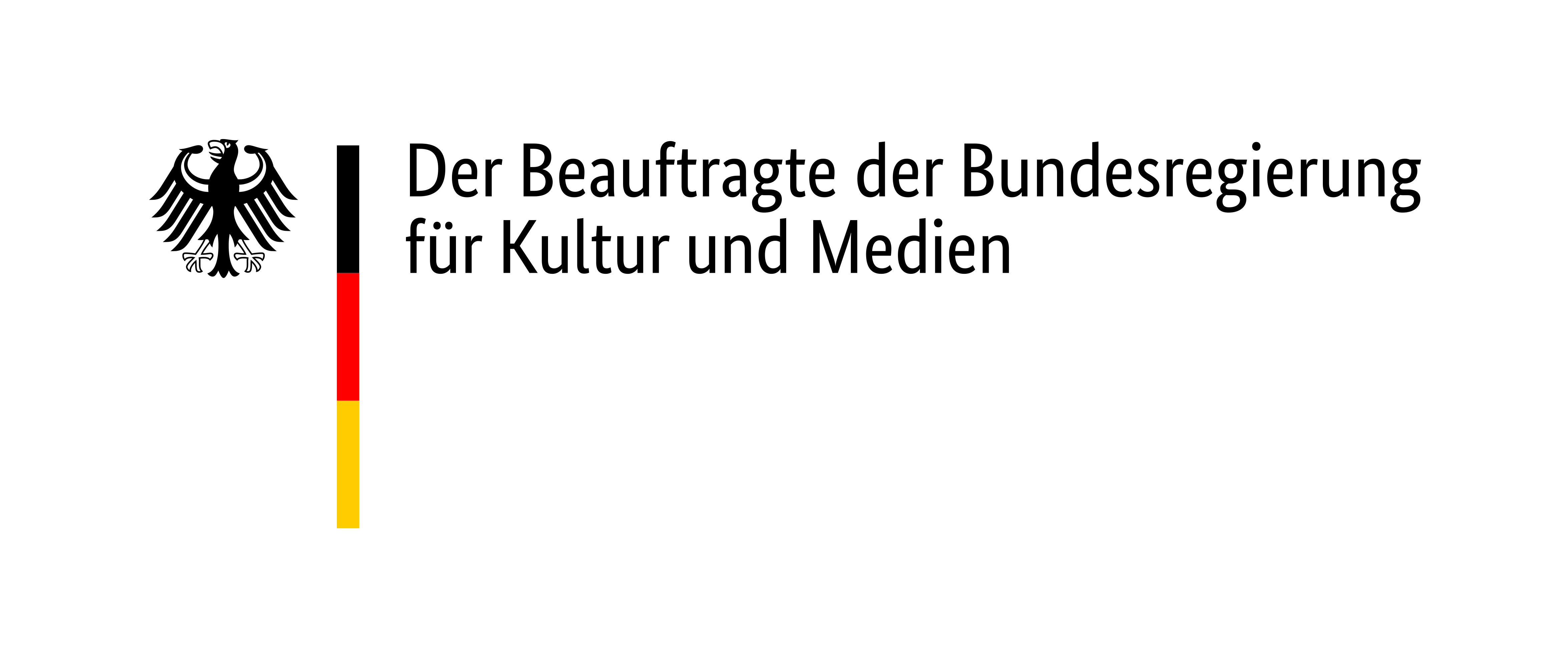The Soviet Special Camp No. 2 Buchenwald
Special Camp No. 2 was established in parts of the former Buchenwald concentration camp in August 1945. It was under the control of the Soviet secret service, the NKVD, and was strictly isolated from the outside world. Contact between the internees and their relatives was forbidden. Initially, Special Camp No. 2 was mainly used to intern people from Thuringia.
The living conditions were poor: there was a lack of food and medicine, which caused diseases to spread quickly. During the “hunger winter” of 1946/47, mass deaths occurred. The situation only gradually improved. Most of the internees were left to fend for themselves and not given work.
There were only a few transfers from Special Camp No. 2 to other camps. In February 1947, almost 1,100 internees were taken to the Kazakh city of Karaganda for labor deployment. By 1948, thousands of internees had been transferred to Buchenwald from other disbanded Special Camps. This also changed the regional composition of the camp society.
Shortly after the founding of the GDR, the Soviet leadership had the last special camps dissolved. But not all internees were released in the spring of 1950: Over 2,400 people were subsequently tried in the “Waldheim Trials”.
7,113 people did not survive internment in Special Camp No. 2. Their deaths were a taboo in the GDR for decades.
